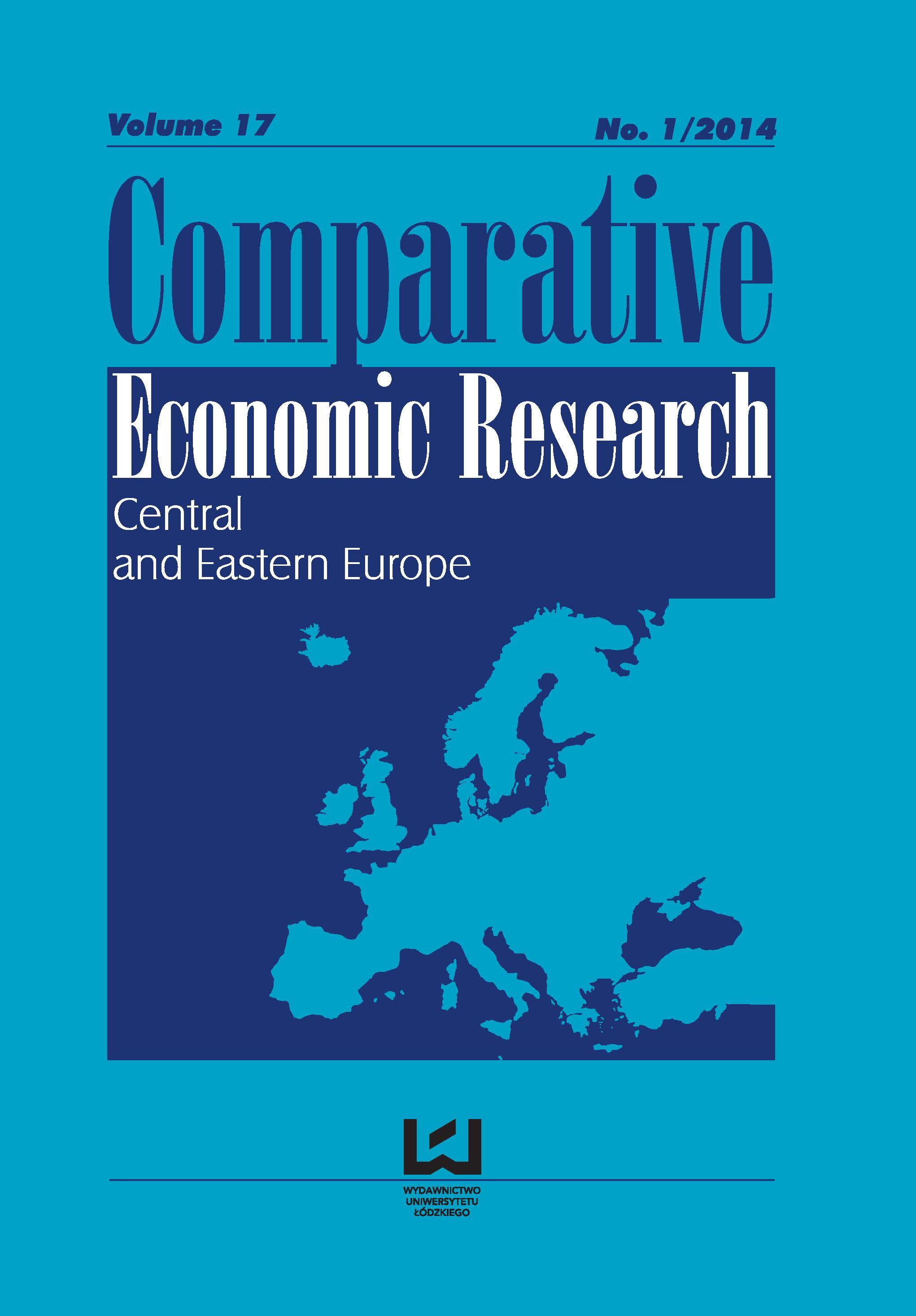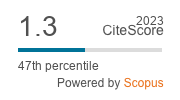Importance of Employment Protection and Types of Employment Contracts for Elasticity of Employment in the OECD Countries
DOI:
https://doi.org/10.2478/cer-2014-0002Keywords:
employment, labour market institutions, employment elasticity, employment protection, fixed-term employmentAbstract
This article presents the impact of the global crisis on employment in the OECD countries, and in particular is an attempt to explain why the impact is of a different scope in particular countries. Particular attention has been paid to the question of the role played by labour market institutions (such as employment protection legislation and fixed-term employment). The global economic crisis has influenced the situation in the labour markets of OECD countries, causing declines in employment and increases in unemployment. Changes in the level of employment in individual countries varied. Between 2007-2012 declines in production took place in the majority of OECD countries. Declines in real wages were also observed in those countries. On the other hand, in the period of 2005-2012 relatively small changes in labour market institutions occurred. With respect to both the stringency of employment protection legislation, as well as the share of fixed-term employment, there were no clearly visible trends in the data during the period of economic crisis. The econometric verification of theoretical hypotheses was performed using annual data from the 2005-2012 period for 26 OECD countries, and it shows that GDP and real wages were statistically significant determinants of employment size in the analyzed period. The study also confirmed the hypothesis of the existence of a non-linear (U-shaped) relationship between employment elasticity with respect to GDP and the level of stringency of employment protection legislation, as well as the share of fixed-term employment in the total number of employment contracts. The results show that the smallest declines in employment during a crisis might be expected in countries where the level of EPL is close to 2, and the share of fixed-term employment in the total number of employment contracts is close to 18%.
Downloads
References
Baltagi B.H. (2005), Econometric Analysis of Panel Data, John Wiley & Sons, Chichester, England
Google Scholar
Blanchard O., Summers L. (1986), Hysteresis and the European Unemployment Problem, NBER Macroeconomics Annual, No. 1, MIT Press, Cambridge, MA
Google Scholar
Boeri T., van Ours J. (2011), Ekonomia niedoskonałych rynków pracy (Economics of Imperfect Labour markets), Wolters Kluwer Polska Sp. z o.o., Warszawa
Google Scholar
Cahuc P., Zylberberg A. (2004), Labour Economics, The MIT Press, Cambridge, Massachusetts, London
Google Scholar
Charemza W.W., Deadman D.F. (1997), Nowa ekonometria (New Econometrics), PWE, Warszawa
Google Scholar
Chen X., Lin S., Reed W.R. (2006), Another Look at What To Do With Time-Series Cross-Section Data, Working Papers, Department of Economics, University of Canterbury
Google Scholar
Ciżkowicz P., Rzońca A., Wojciechowski W. (2012), Determinanty regionalnych różnic w dynamice liczby pracujących w Polsce w latach 1999-2008 (Determinants of regional differences in the dynamics of Polish employment in the years 1999-2008), Gospodarka Narodowa, Vol. LXXX/XXI, Nr 11-12, ss. 59-77
Google Scholar
Greenwald B. C., Stiglitz J. E. (1995), Labour Market Adjustments and the Persistence of Unemployment, AEA Papers and Proceedings
Google Scholar
Kwiatkowski E., Włodarczyk P. (2012), Wpływ prawnej ochrony zatrudnienia na rynek pracy w warunkach negatywnego szoku ekonomicznego (The influence of employment protection legislation on labour markets in conditions of negative economic shock), ‘Gospodarka Narodowa’, Szkoła Główna Handlowa, Vol. LXXX/XXI, Nr 11-12, ss. 1-23
Google Scholar
Lazear E. P. (1990), Job security provisions and unemployment, ‘Quarterly Journal of Economics’, Oxford Journals, No. 3, ss. 699-726
Google Scholar
Malul M., Rosenboim M., Tal S. (2011), The Role of Employment Protection During An Exogenous Shock to An Economy, a conference paper
Google Scholar
Smith S. (2003), Labour Economics, Routledge, London – New York
Google Scholar
Strzelecki P., Wyszyński R., Saczuk K. (2009), Zjawisko chomikowania pracy w polskich przedsiębiorstwach po okresie transformacji (The appearance of labour hoarding workforces in Polish enterprises following the transformation period), ‘Bank iKredyt’,Narodowy Bank Polski, Vol. 40, Nr 6, ss. 77-104
Google Scholar
Tsoulfidis L. (2010), Competing Schools of Economic Thought, Springer-Verlag, Berlin – Heidelberg
Google Scholar
Downloads
Published
How to Cite
Issue
Section
License

This work is licensed under a Creative Commons Attribution-NonCommercial-NoDerivatives 4.0 International License.











